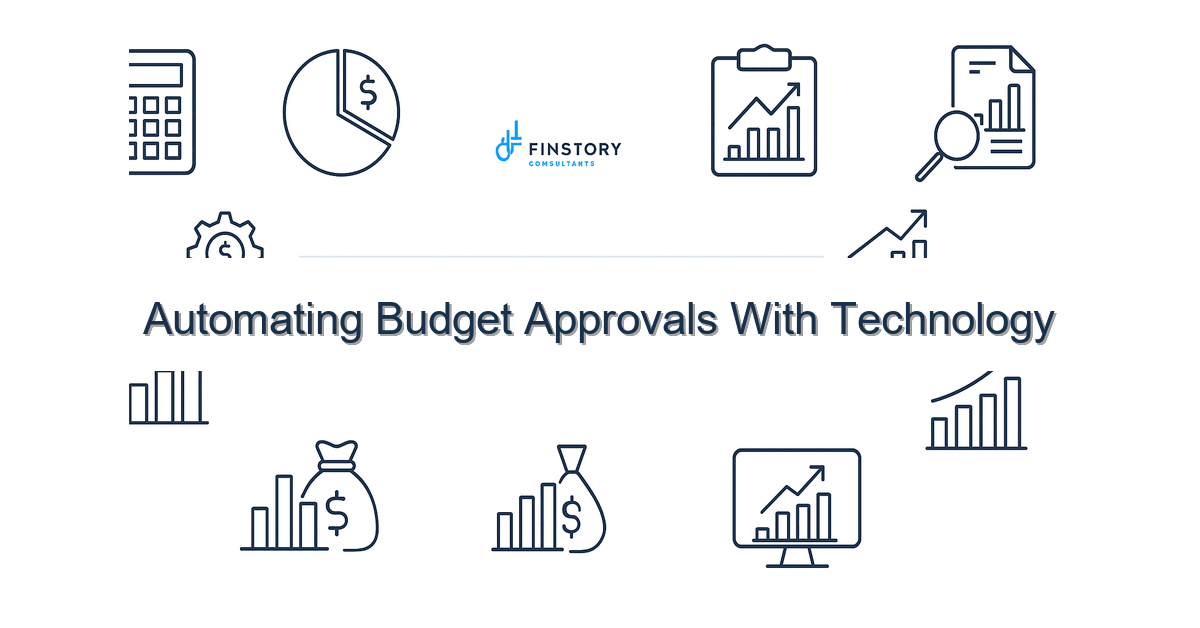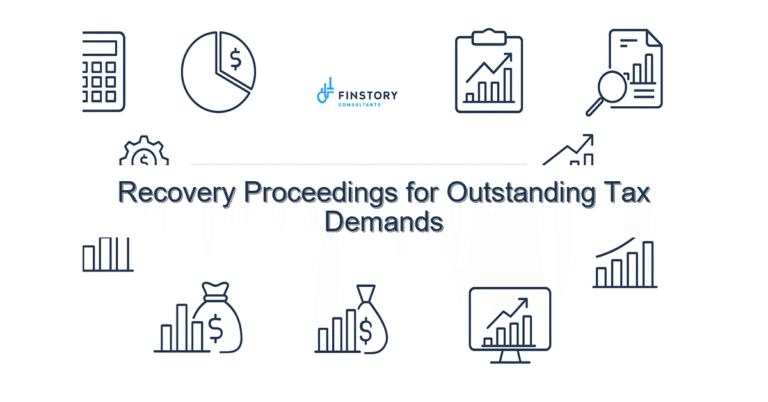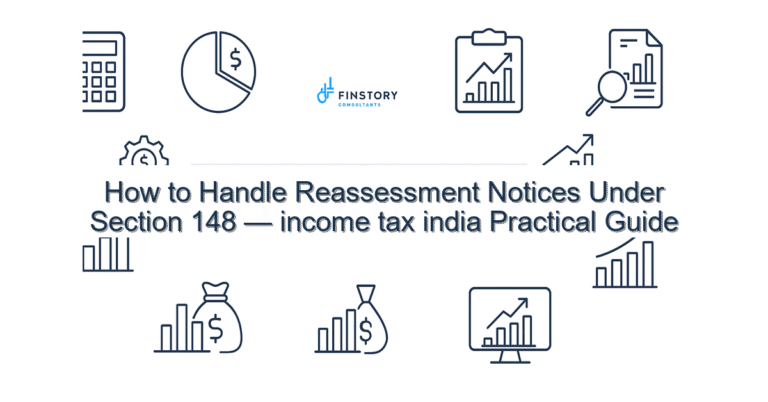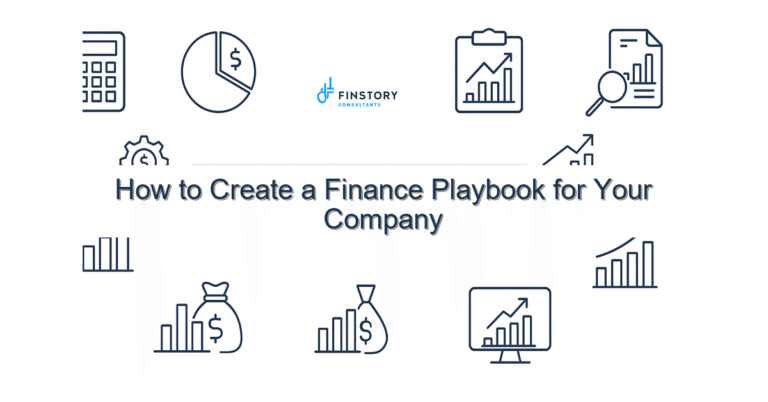Automating Budget Approvals With Technology
You’ve been in the meeting where a $200k budget sits in limbo for weeks while clinicians and finance trade notes. It feels like paperwork is running the hospital, not patient care. You’re not alone—and you can change it.
Summary: Automating budget approvals streamlines decision-making, reduces errors, and shortens cycle time. With a clear, low-friction workflow, automated rules, and leadership reporting, healthcare finance teams can reclaim time for strategic planning and improve spend governance.
What’s the real problem? (Automating budget approvals in healthcare)
On paper, budget approvals sound simple: request, review, approve. In practice, hospitals and health systems face fragmented requests, unclear ownership, and manual checks that stretch weeks or months. Every delay affects care, supplier relationships, and forecasting.
- Requests lost in email, chat, or shared drives—no single source of truth.
- CFOs and controllers spending hours chasing approvers instead of analyzing trends.
- Last-minute changes that break forecasts and capital plans.
- Audit risk: inconsistent approvals and poor documentation.
What leaders get wrong
Leaders often respond with well-meaning but incomplete fixes: more meetings, longer approval matrices, or heavier gatekeepers. Those tactics create new bottlenecks.
Common pitfalls:
- Treating the symptom: adding another review layer instead of automating routing and rules.
- Over-customizing tools before standard processes are defined—resulting in brittle systems nobody trusts.
- Assuming finance alone owns the change; approvals touch operations, procurement, and clinical leadership.
A better approach
Shift from manual control to a rules-based, transparent workflow. The aim is not to remove judgment—it’s to remove friction that delays judgment.
Three-step framework to get started:
- Design the approval model: Map who needs to see what and when. Keep rules simple (amount, category, department) and assign clear owners.
- Automate routing and validation: Use workflow automation to route requests, check budgets, and flag exceptions automatically.
- Instrument for visibility: Surface approvals in Power BI dashboards and leadership reporting so financers and operators see status and bottlenecks in real time.
Real-world example: A 300-bed community hospital we worked with reduced their capital approval cycle from 18 days to 3 days by applying a rule-based workflow and integrating approvals with their ERP. That freed the CFO to focus on a three-year capital plan that improved equipment uptime by 12%.
Quick implementation checklist
- Identify the top 5 approval types (capital, hiring, technology, vendor contracts, clinical projects).
- Map the current process for each type in a single page—who, what, when, and tools used.
- Define routing rules: thresholds, exception triggers, and required attestations.
- Select a workflow tool that integrates with your ERP and data warehouse (or test with Microsoft Power Automate for pilots).
- Build a simple approval form with required fields and budget checks.
- Set up a real-time dashboard in Power BI showing pending requests, age, and approver response times.
- Run a 30-day pilot with one department (e.g., radiology capital requests).
- Collect feedback, refine rules, then scale to other departments.
- Document approvals and retention policy for audit readiness.
- Train approvers with 1-page job aids and 30-minute drop-in sessions.
What success looks like
Measure outcomes that matter to both operations and finance:
- Approval cycle time: reduce from X days to under 72 hours for standard requests.
- Approval accuracy/consistency: reduce manual rework by 70% through pre-validation rules.
- Forecast variance: tighten monthly forecast drift by 30% thanks to timely approvals.
- Approver responsiveness: average time-to-approve under 24 hours for routine items.
- ROI: payback within 6–12 months from reduced processing costs and improved capital utilization.
- Audit readiness: 100% of approvals logged with approver, timestamp, and rationale.
Risks & how to manage them
Adopting automation carries risks, but each has practical mitigations.
- Risk: Over-automation removes necessary human judgment.
Mitigation: Build exception paths that require human review and document rationale fields. - Risk: Data quality problems cause false rejections.
Mitigation: Add front-end validation, required fields, and a small data-cleaning sprint before launch. - Risk: Low adoption because the tool doesn’t match workflows.
Mitigation: Pilot with a single department, gather feedback, and iterate—don’t flip a switch for the whole system.
Tools & data
Successful automation depends on connecting the right tools and data:
- Finance automation platforms that integrate with your ERP for purchase orders and budget balances.
- Workflow engines (Microsoft Power Automate, Nintex, or built-in ERP workflows) to handle routing and approvals.
- Power BI for leadership reporting and to build approval status dashboards that show bottlenecks and trends.
- Data warehouse or finance data model to ensure budgets, actuals, and forecasts are aligned for validation rules.
Tip: Start with a light integration—write-back of approval status to your ERP and real-time dashboards in Power BI—then expand to tighter ERP automation once processes are stable.
FAQs
Q: How long does it take to automate a basic budget approval workflow?
A: A focused pilot (single request type + one department) can be launched in 4–8 weeks. Full roll-out across multiple departments typically takes 3–6 months depending on integrations.
Q: Will automation replace approvers?
A: No. Automation removes repetitive tasks and routing friction. Critical approvals—clinical capital, strategic hires—remain human decisions, but they happen faster and with better documentation.
Q: How do we measure ROI?
A: Track reduced processing hours, faster cycle times, lower forecast variance, and improved capital utilization. Combined, these yield a tangible payback often within a year.
Q: Can we use our existing BI tools for leadership reporting?
A: Yes. Power BI or similar tools are ideal for leadership reporting; they let you build dashboards that show approvals by department, aging, and exception trends.
Next steps
If you want to move from chaos to clarity, start with a short workshop to map your current state and identify the highest-impact approval type to automate first. We’ll help you design routing rules, pick the right tools, and instrument leadership reporting so you can see the difference in weeks.
Ready to see how automating budget approvals can transform your finance workflow? Contact Finstory to run a pilot that integrates approvals with your ERP and Power BI dashboards—so leadership gets the visibility they need, and teams get approvals that don’t slow patient care.
Work with Finstory. If you want this done right—tailored to your operations—we’ll map the process, stand up the dashboards, and train your team. Let’s talk about your goals.
Related reading: check our posts on financial forecasting in healthcare and finance automation services. For budgeting best practices, see Budgeting Best Practices.
📞 Ready to take the next step?
Book a 20-min call with our experts and see how we can help your team move faster.
Prefer email or phone? Write to info@finstory.net
or call +91 44-45811170.






